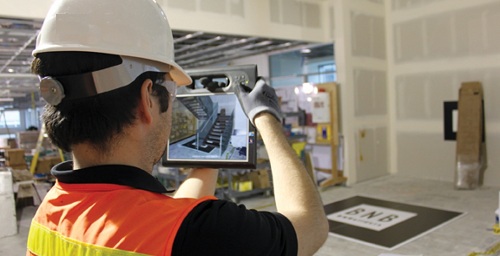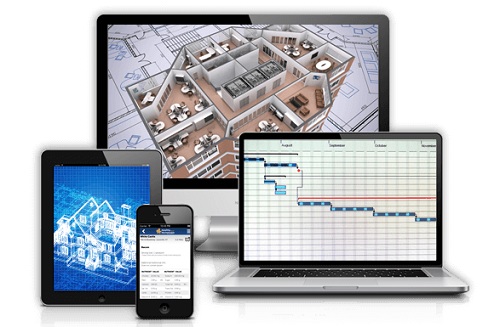Technology has carved a path for itself in every industry today. Its positive feel and the mounting impact can be seen everywhere, construction is no exception. Within the technology gamut, there lies an array of elements that have changed the way construction is perceived and executed in today’s times. Some of these elements have started to garner acceptance and support amongst the builders, contractors, workers, and even the buyers these days.
Drones
Who would have envisaged the possibility of an unmanned aerial vehicle – UAV in an industry which is not only labor-intensive but till a few years back wouldn’t have stepped-up to higher levels of automation. With sites becoming complex because of the out of reach terrain, in-come the drones that conduct site surveys which help in deciding upon the strategies and hence enhancing the entire construction process. They have become an important tool in the construction industry today as the accuracy and precision with which they give out the report has started to create a difference in the way the flow of construction takes place.
Wearables
Construction sites have been home to a lot of accidents. To improve the safety of the workers at the site, it becomes imperative to take steps that can prioritize safety more than anything else. Wearable technology in the form of armbands, 3D glasses make sure that the worker is well connected with the supervisor who constantly monitors the situation on the ground and therefore triggers an alert if in case he finds anything out of the ordinary.
RFID Tags
These come under the umbrella of sensor technology which has become a regular in this industry. Construction sites are usually a scene full of cramped spaces. It becomes essential to keep track on the usage of materials as the entire work could get stalled due to their sudden unavailability. RFID tags are attached to materials such as cement, bars, etc. These tags immediately alert the supervisor if the materials are on the verge of exhaustion. Due to this, there is no question of work getting stalled at the construction site as a timely alert can help the work run smoothly and seamlessly.
Augmented Reality
One of the fast catching trends these days is AR or Augmented Reality. It is the ability to see the actual world through a camera lens. One just needs to feed in the proportions of what exactly is required at the site and these lenses give a picture of how it would turn out to be. The users of this technology can make considerable changes in their approach to construction and its related activities.

Concept Vehicles
Large construction sites are full of places where manual intervention isn’t possible. Excavators, dump trucks, cranes, and bulldozers are controlled by supervisors sitting at a far-off point and are managed and controlled with utmost precision. All thanks to the technology which has helped in ensuring that right from excavation to delivery of materials, everything is taken care of through automated vehicles.
Prefabricated Construction
The idea of this type of construction has already started taking shape. The primary elements of the infrastructure are pre-installed in a factory and then moved at the site of construction. Due to this, a significant amount of time is reduced in the overall construction procedure.
3D Printing
Technology has also paved the way for certain elements that are cost-effective. Architects through a proper designing procedure called 3D printing can lay their hands on a perfect 3D model which gives them an understanding of how the infrastructure would hold the fort.
Software and Mobile Technology
The data from the site gets immediately transferred to the handheld device due to the enhanced communication systems. This gives the supervisors hands-on information regarding the performance of workers at the site, their time cards, expense reports, etc. Lot many builders and contractors today are using this technology available at their fingertips which has helped them analyze the existing scenario and execute meaningful possibilities.

Robots
They have started taking over some of the less complex tasks at sites such as bricklaying or rebar tying. Once programmed, these robots work continuously making sure that the task gets delivered within the time frame. They are also instrumental in upgrading the work quality with a uniformed approach.
Self-Healing Concrete
Regular concrete over a period of time develops cracks but technology has added years to a building’s infrastructure as well. When water enters a crack, the bacterium which was added during the mixing process of the cement gets activated and the process of healing starts due to excretion of calcite.




























